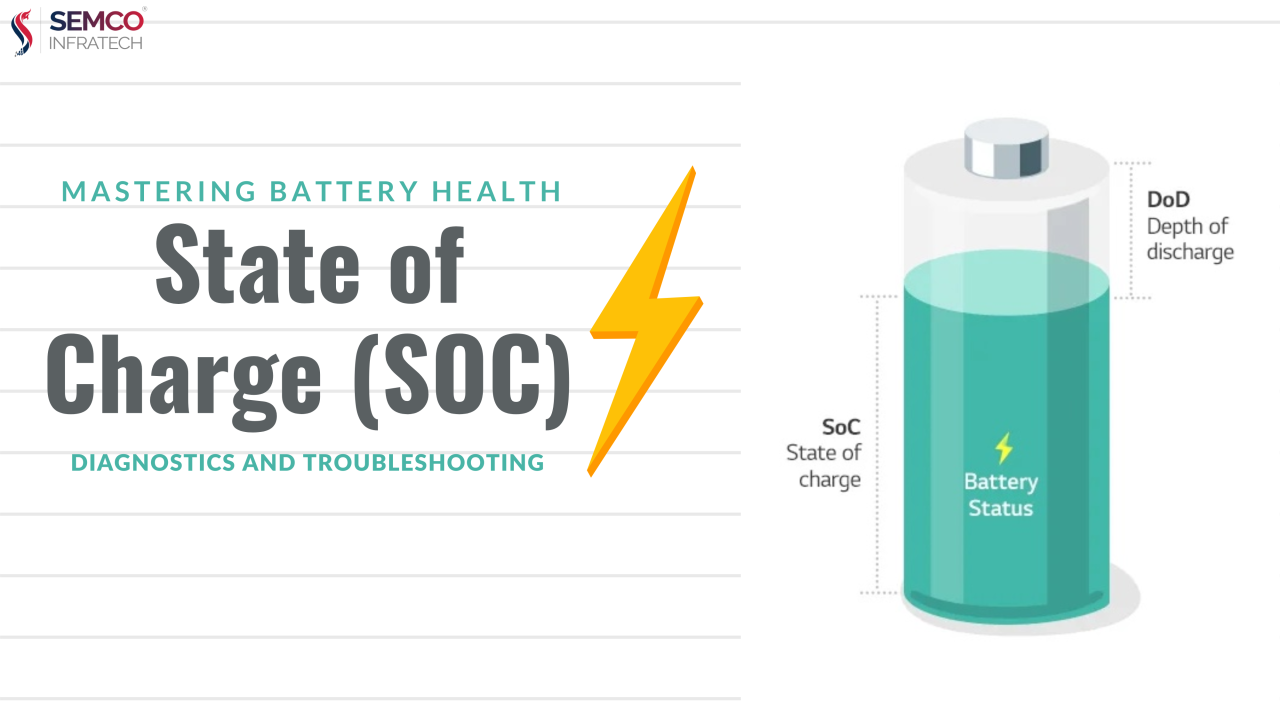Batteries, from smartphones and laptops to electric vehicles and renewable energy storage systems, power our daily lives. To make informed decisions about battery selection, usage, and maintenance, it is essential to understand fundamental battery terminologies. In this blog, we will explore the five key battery terminologies that everyone should know.
1. Cell
A battery cell is the smallest unit of a battery that converts chemical energy into electrical energy. Each cell consists of a positive electrode (cathode), a negative electrode (anode), an electrolyte, and a separator. Different battery chemistries, such as Lithium-ion (Li-ion), Lead-Acid, and Nickel-Metal Hydride (NiMH), use different materials in their cells. Multiple cells are combined to form a battery pack with higher voltage and capacity.
2. Anode
The anode is the negative electrode in a battery. During the discharge process, it releases electrons into the external circuit, supplying power to a device. In Lithium-ion batteries, the anode is typically made of graphite, while in other battery types, it may be composed of zinc, lithium, or other metals.
3. Cathode
The cathode is the positive electrode in a battery and plays a crucial role in battery performance. During discharge, it attracts electrons from the external circuit, enabling the flow of electric current. In Li-ion batteries, the cathode is usually made from lithium cobalt oxide (LiCoO2), lithium iron phosphate (LiFePO4), or lithium nickel manganese cobalt oxide (NMC), which determine the battery’s efficiency, lifespan, and safety.
4. Battery Capacity
The capacity of a battery refers to the total amount of energy it can store and deliver, measured in ampere-hours (Ah) or watt-hours (Wh). A higher battery capacity means longer usage time before requiring a recharge. The capacity depends on factors like battery chemistry, temperature, and discharge rate.
5. State of Charge (SOC)
The State of Charge (SOC) indicates the remaining charge in a battery compared to its full capacity, expressed as a percentage. A 100% SOC means the battery is fully charged, while 0% SOC means it is empty. Battery Management Systems (BMS) monitor and regulate SOC to optimize performance and prevent overcharging or deep discharging.
Final Thoughts
Understanding these basic battery terminologies helps users, engineers, and businesses make better decisions regarding battery selection, maintenance, and efficiency. As technology advances, the demand for high-performance, long-lasting batteries continues to grow, making it even more critical to grasp these fundamental concepts.
By mastering these terms, you’ll gain a deeper insight into battery technology, whether you’re using electric vehicles (EVs), energy storage systems, or consumer electronics.





